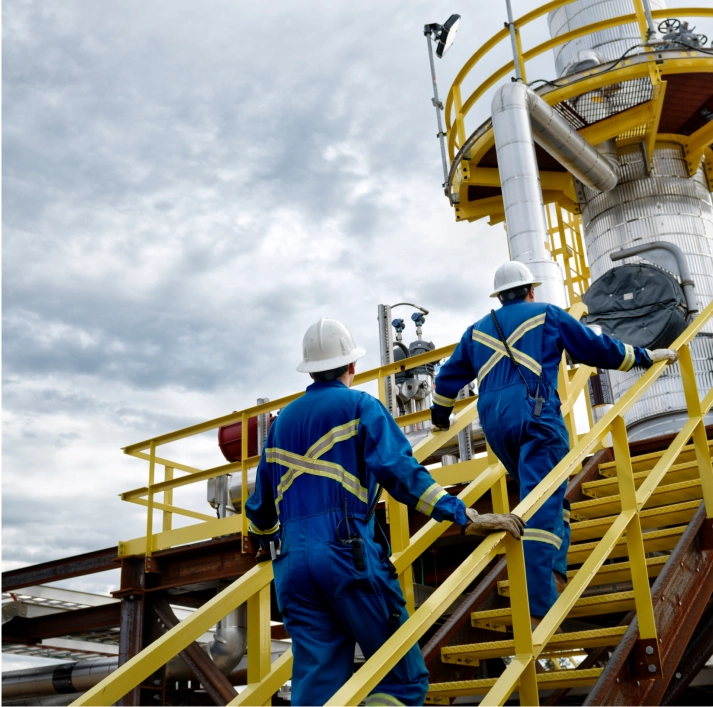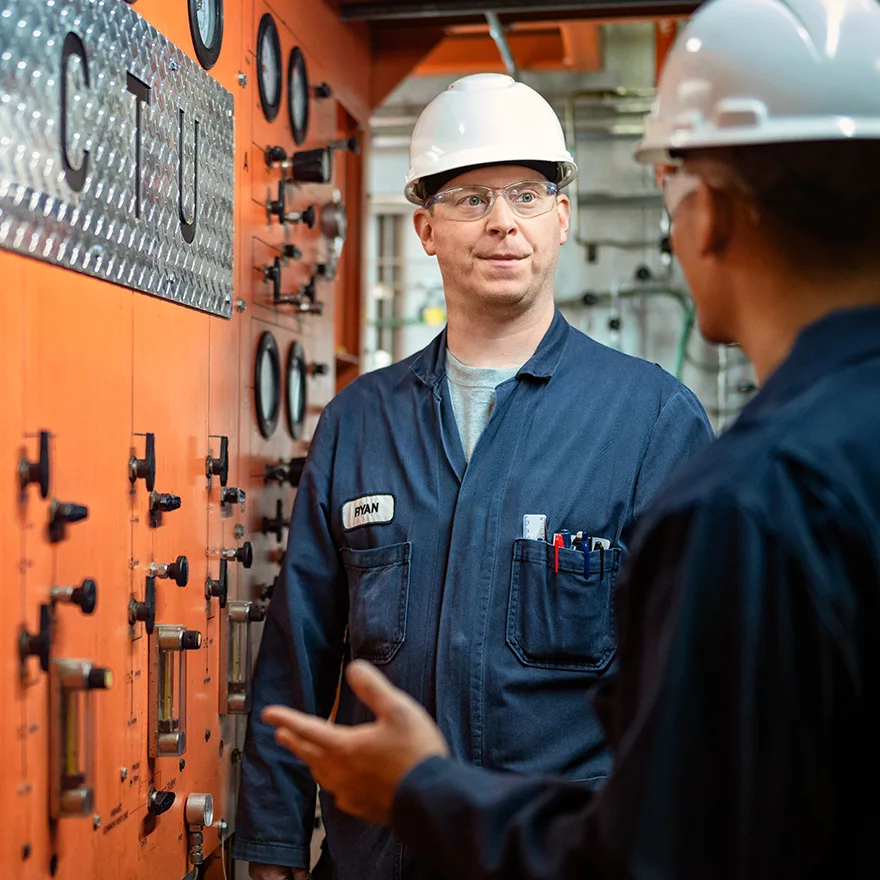
KENDALL DILLING
CONTRIBUTED TO THE GLOBE AND MAIL
Published in the Globe and Mail, August 21, 2022
View a PDF version here
Kendall Dilling is President of the Pathways Alliance.
Canada’s oil sands industry recognizes we are one of our country’s largest greenhouse-gas emitters, and that we have a major role to play in helping meet the national climate-change commitment of net-zero emissions by 2050.
We have a plan, which we have shared with the federal government, to reduce emissions by 22 million tonnes by 2030. And we support the larger emission-reduction goals set out by Ottawa.
However, we are concerned about the timelines recently proposed. We can reduce our emissions by 42 per cent from 2019 levels – we have, after all, set a goal of net zero by 2050 – but reaching that as early as 2030 is simply not realistic given current technology, construction and regulatory requirements.
In reality, impractical time frames for emissions-reduction targets could drive investment away from our industry and our country, reducing production in Canada while increasing output and emissions in other countries. Canada’s six largest oil sands producers formed the Pathways Alliance more than a year ago to proactively address oil sands emissions. We have been working constructively with federal and provincial governments on the best way to meet Canada’s 2030 and 2050 emissions-reduction goals.
In fact, plans have already been submitted and field and pre-engineering work is underway to build one of the most comprehensive carbon capture and storage systems in the world.
Further phases of our plan will see the deployment of some of the 80 different technologies and process improvements that Pathways Alliance scientists, engineers and experts are working on to consistently reduce emissions from our facilities.
We see real and ambitious reductions on the immediate (by 2030), midterm (2030-2040) and long-range (2040-2050) horizon as we steadily move toward our net-zero goal.
By investing in technology, we can reduce emissions while ensuring responsibly produced Canadian energy can help meet the world’s energy security needs – replacing oil and gas from such countries as Russia.
Building projects on the scale we are proposing will require regulatory certainty and significant co-investment by industry and government. Up to $20-billion will be needed between now and 2030 for carbon capture and other technologies in the Pathways plan. Our industry is looking for support comparable to what is being provided by governments in other countries with similar plans, such as the Netherlands, Norway and the United States.
Some recent federal policies – especially the Investment Tax Credit (ITC) for carbon capture, utilization and storage (CCUS) announced in the 2022 federal budget – are welcome steps toward these goals.
However, others, such as the recent decision by Environment and Climate Change Canada to prevent lower-carbon oil or fuel intended for export from receiving Clean Fuel Regulation credits, erode the economics of CCUS and run counter to the benefits provided by the ITC.
Today, Canadians are facing higher fuel prices, and our allies are in desperate need of energy to end dependence on unstable regimes. We can’t afford to negatively impact our economy by creating a business environment full of uncertainty and added costs that risk shrinking production of our largest export commodity and one of the biggest contributors to national GDP.
There is already a suite of measures in place to help drive emissions reductions in oil and gas, including carbon pricing, Clean Fuel Regulations and methane regulations. Rather than layering on new regulations, we believe Canada should use rules they already have in place.
We support the federal government’s efforts to make significant emissions reductions by 2030, and its goal of net zero by 2050. However, getting there requires a practical and realistic approach to emissions reduction to protect jobs and investment and help provide global energy security.
We hope Ottawa will continue on a co-operative path with industry to tackle climate change with this in mind.

Our people, their stories
Passionate, dedicated people are behind every innovation and every step forward.